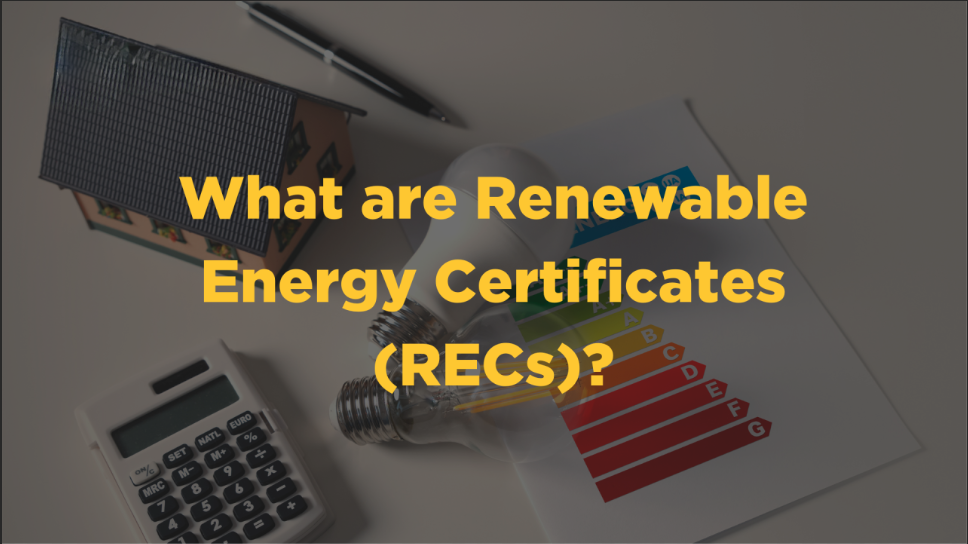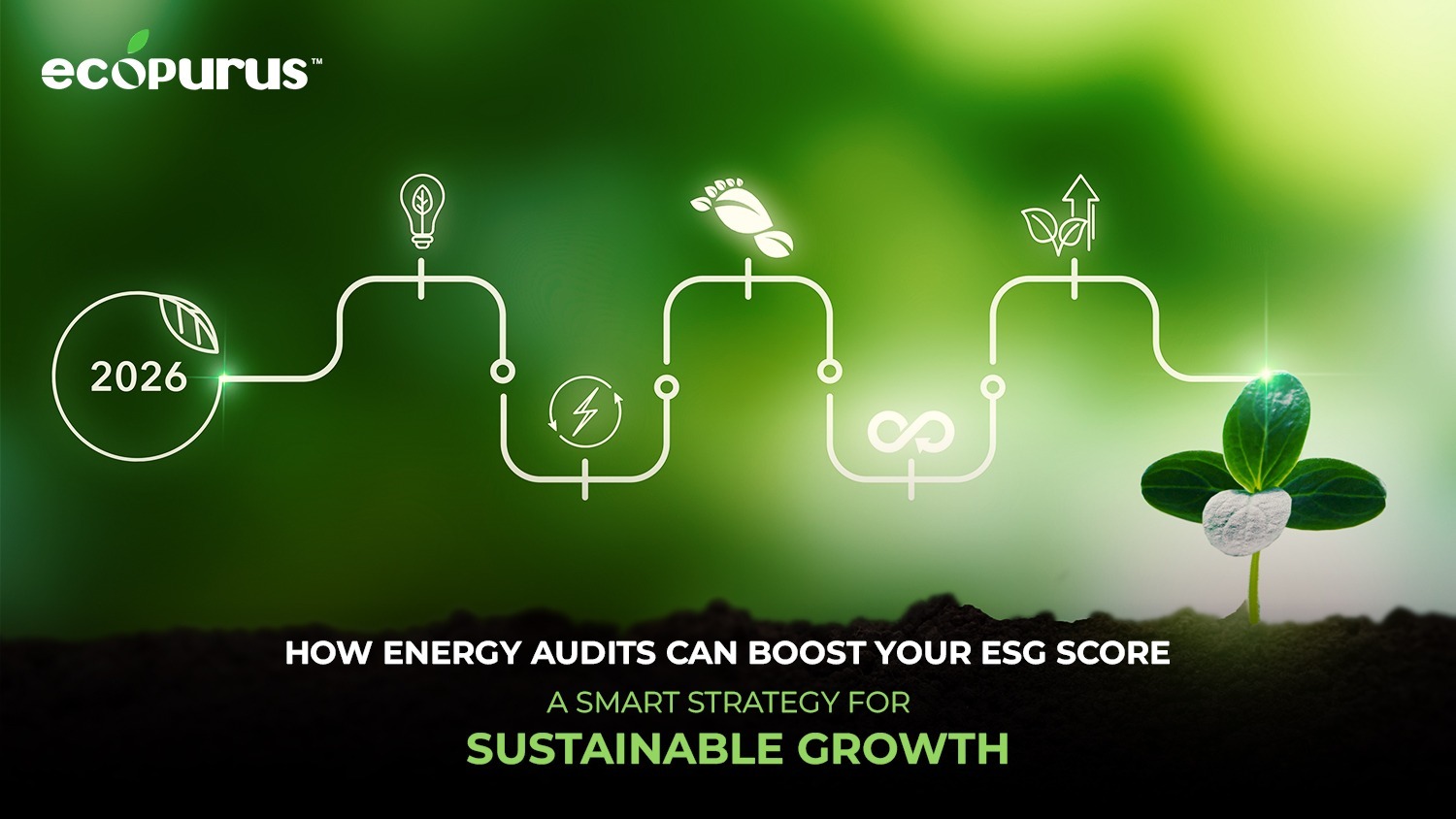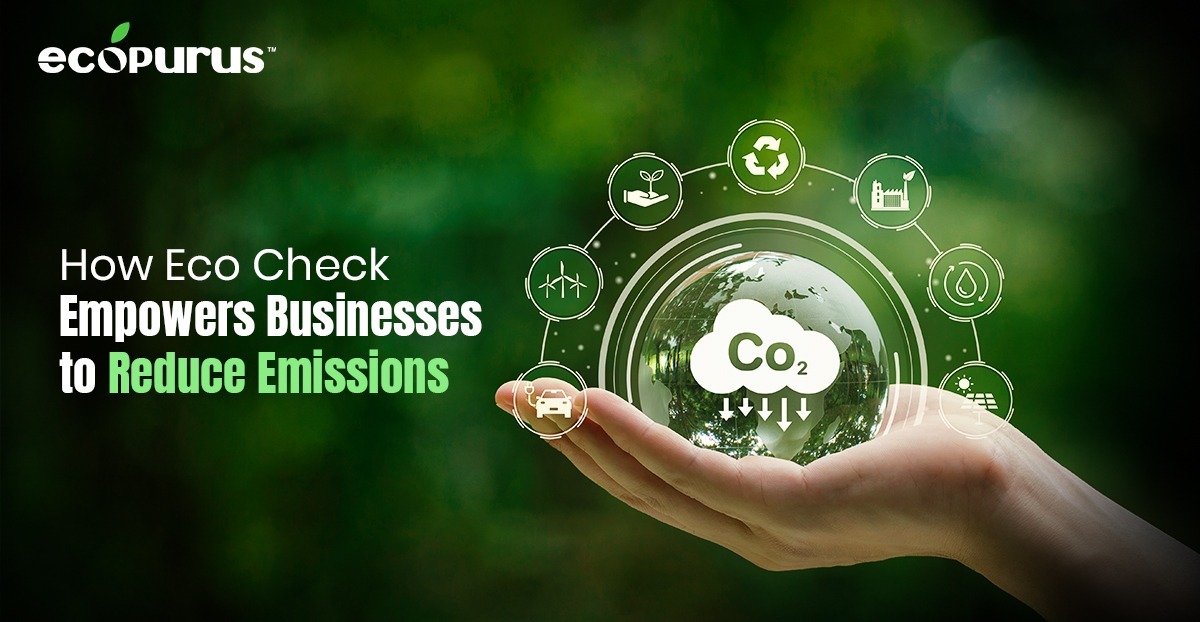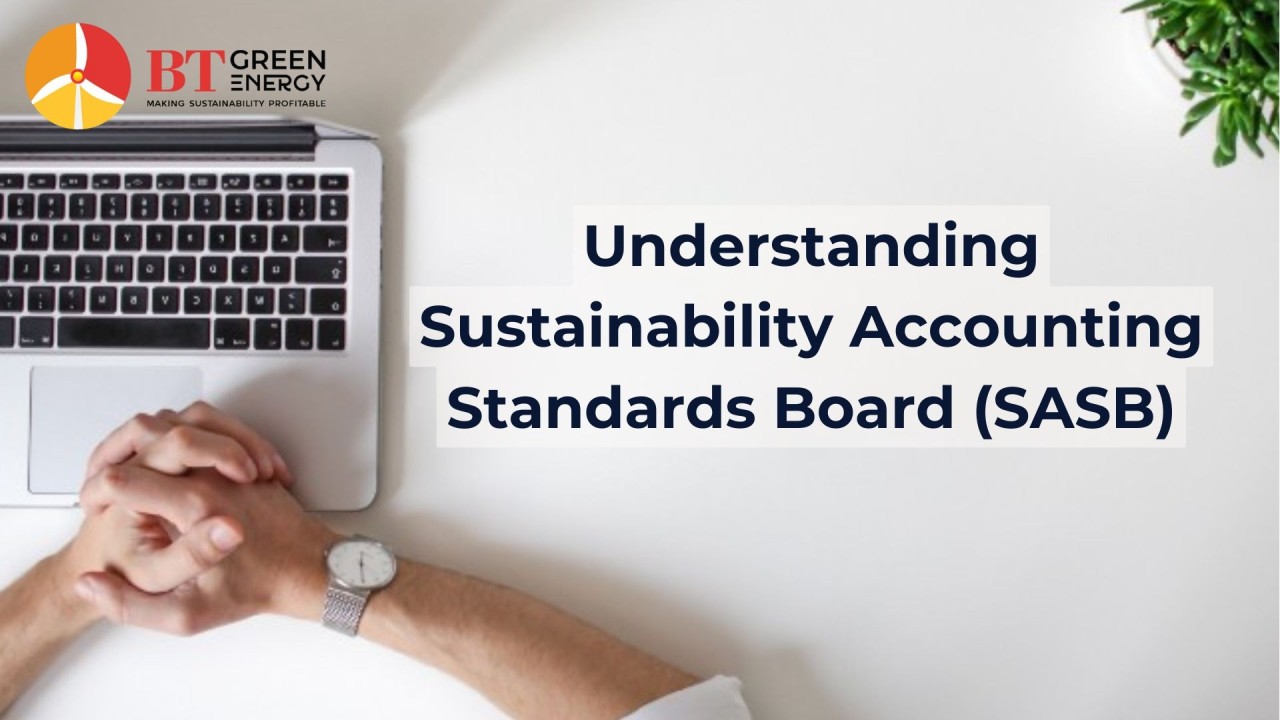
What are Renewable Energy Certificates (RECs)?
A Renewable Energy Certificate (REC) is a market-based financial instrument that certifies that the bearer owns one megawatt-hour (MWh) of electricity generated from a renewable energy source. Each REC represents the environmental benefits of producing that unit of power and allows consumers or businesses to claim that they are using renewable energy without directly purchasing the electricity from renewable sources.
In essence, RECs act as the currency for renewable energy trading, separating the green attribute (environmental benefit) from the energy itself. This system is particularly useful in a country like India, where renewable energy generation and consumption may not occur in the same regions.
Regulatory Framework Governing RECs
The Renewable Energy Certificate (REC) mechanism in India was established under the Electricity Act, 2003, and is further bolstered by the National Action Plan on Climate Change (NAPCC). This framework is designed to promote renewable energy generation by providing a market-driven mechanism for trading renewable energy attributes.
The Central Electricity Regulatory Commission (CERC) plays a pivotal role in overseeing the entire process. CERC is responsible for issuing guidelines, setting the terms for REC trading, and ensuring compliance with India’s renewable energy targets. This regulatory oversight ensures that the REC market functions smoothly, providing businesses with flexibility in meeting their sustainability goals.
The CERC’s Terms and Conditions for Renewable Energy Certificates for Renewable Energy Generation Regulations lay out the operational details of how RECs are issued, traded, and used. These regulations are crucial for maintaining a transparent and reliable mechanism for renewable energy transactions in India.
A key component of this framework is the Renewable Purchase Obligation (RPO), which mandates that obligated entities such as distribution companies (DISCOMs), open access consumers, and captive power plants must source a specific percentage of their electricity from renewable sources. When these entities are unable to meet their RPO through direct procurement of renewable energy, they can fulfill their obligations by purchasing RECs. This system not only encourages renewable energy generation but also ensures that entities have flexible options for complying with renewable energy mandates.
Who Are The Key Players In REC Market?
Key players in the REC market include:
- Renewable Energy Generators: Companies or facilities generating electricity from renewable sources like wind, solar, hydro, or biomass. Once they produce 1 MWh of electricity, they are issued one REC. However, even though they generate renewable energy, these producers also have their own RPO targets to meet. They can only sell RECs after fulfilling their own RPO obligations. For instance, if a solar farm generates more renewable energy than it needs for compliance, it can sell the excess RECs in the market.
- Obligated Entities: These are entities required by law to meet their RPOs. They include:
- DISCOMs (Distribution Companies): Responsible for distributing electricity to end consumers.
- Open Access Consumers: Large consumers who buy electricity directly from the market instead of relying on DISCOMs.
- Captive Power Plants: Power plants set up to generate energy primarily for their own use.
When these entities are unable to meet their renewable energy targets through direct procurement or generation, they can purchase RECs to bridge the gap. For example, if a DISCOM cannot procure enough renewable energy from the grid, it can buy RECs to fulfil its RPO.
3. Voluntary Buyers: While the REC mechanism is primarily aimed at obligated entities, companies and organizations that are not required to meet RPOs can also purchase RECs voluntarily. This is often done to enhance their sustainability profile, contributing to renewable energy even if they are not mandated to do so.
How the REC Process Works
1. Generation of Renewable Energy
Renewable energy is generated by wind, solar, hydro, or biomass plants. Once a renewable energy generator produces 1 MWh of electricity, they become eligible to receive one REC. This is the starting point for REC trading.
2. Issuance of RECs
The National Load Dispatch Centre (NLDC), as the central nodal agency, accredits renewable energy generators and issues RECs for each megawatt-hour of energy produced. The generator must first register with the NLDC to participate in the REC market. This registration ensures that only legitimate renewable energy producers can trade RECs.
3. Trading of RECs
RECs are traded on designated energy exchanges such as the Indian Energy Exchange (IEX) and Power Exchange India Limited (PXIL). These trading platforms hold monthly sessions where RECs are bought and sold. Prices are determined by market demand and supply, ensuring a transparent and efficient trading process.
For renewable energy generators, selling RECs is an additional revenue stream. If they produce more renewable energy than they need to meet their own RPO, they can sell their excess RECs to obligated entities. Conversely, entities that are unable to meet their RPO through direct procurement can buy RECs in these trading sessions.
4. Use of RECs for Compliance
Once purchased, RECs are “retired” when claimed by the buyer, meaning they can no longer be traded again. This ensures that each REC is only used once to meet an entity’s RPO. Obligated entities submit their RECs as proof of compliance with their renewable energy targets.
5. Compliance and Monitoring
The compliance of obligated entities is monitored by the State Electricity Regulatory Commissions (SERCs). Entities must report their use of RECs and other renewable energy to demonstrate that they have met their RPO obligations.
Why Trade RECs?
The REC market provides several key benefits for participants:
Flexibility for Compliance: Not all obligated entities can directly procure renewable energy. By purchasing RECs, they can still meet their RPO targets without needing to change their existing energy procurement strategy.
Incentivising Renewable Energy Generation: Renewable energy generators receive additional revenue from selling RECs, which incentivizes them to produce more green energy, even beyond what is needed for their own compliance.
Voluntary Participation: Even non-obligated entities can purchase RECs to support renewable energy generation and enhance their sustainability credentials, allowing businesses to participate in India’s clean energy transition even if they are not legally required to meet RPOs.
Challenges and Market Dynamics
Price Volatility: With the removal of floor and ceiling prices, REC prices fluctuate based on market dynamics, such as demand and the availability of renewable energy projects. This can introduce uncertainty for both buyers and sellers.
Non-Compliance: In some states, there is inconsistent enforcement of RPOs, which can reduce demand for RECs and lead to market imbalances. Stronger regulatory enforcement could help stabilise the market and drive higher demand.
Regulatory Uncertainty: Changes in RPO targets or delays in enforcing compliance can create uncertainty, affecting both REC prices and market activity. It’s essential for participants to stay informed about regulatory developments.
Conclusion
India’s Renewable Energy Certificate (REC) mechanism plays a critical role in meeting the country’s renewable energy targets by offering a flexible, market-based approach to RPO compliance. The mechanism not only provides a way for obligated entities to meet their green energy obligations but also incentivizes renewable energy producers to generate more than they require. By participating in the REC market, businesses and organizations can contribute to India’s clean energy transition and help drive the growth of renewable energy across the country.
Post a comment Cancel reply
Related Posts
How Energy Audits Can Boost Your ESG Score: A Smart Strategy for Sustainable Growth
How Energy Audits Can Boost Your ESG Score: A Smart Strategy for Sustainable Growth In…
How Eco Check Empowers Businesses To Reduce Emissions
How Eco Check Empowers Businesses To Reduce Emissions In today’s business landscape, climate responsibility is…
New SEBI ESG Debt Guidelines Raise the Bar—But Do Mid-Sized Companies Have a Ladder?
New SEBI ESG Debt Guidelines Raise the Bar—But Do Mid-Sized Companies Have a Ladder? SEBI’s…
Ecopurus Certification: Why It Matters And How To Achieve It
As people talk more about climate change and protecting the environment, businesses are expected to…











